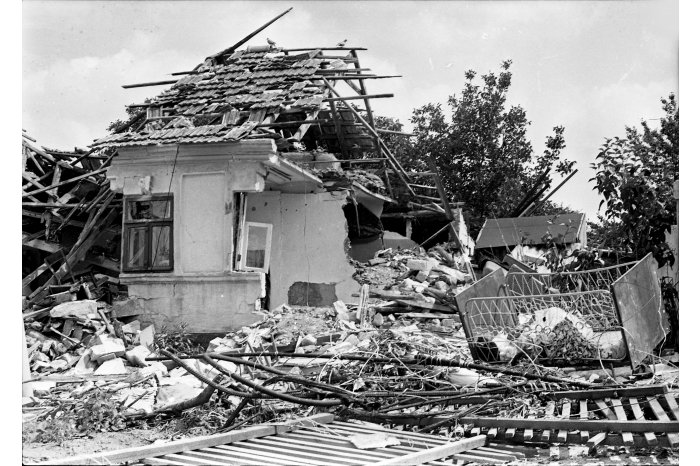Breakaway region in eastern Moldova causes large-scale armed conflict
13:28 | 03.03.2021 Category:
Chisinau, 3 March /MOLDPRES/- Transnistrian separatism is part of the scenario of the Soviet KGB, which wanted to prevent the inevitable implosion of the USSR by creating internal problems for the union republics. There is a lot of documentary evidence that shows that all the actions of the separatists were strictly coordinated with Moscow. Last president of the Supreme Soviet of the USSR Anatoly Lukyanov openly declared to the Moldovan delegation: “If you sign the new Union Agreement, you will have a republic. If not, you will have three ”!!! That is Moldova, Transnistria and Gagauzia. On the eve of the planned signing of the Union Agreement in Novo-Ogariovo, it had become clear that Moldova would not sign for a new union and then Lukyanov sent a letter to Gorbachev asking him "to accept the participation of Transnistria and Gagauzia in the formation of the new confederate state." After Lukianov's arrest in August 1991, Moldovan media had several documentary evidence that the head of the Soviet parliament and a specialized KGB structure were constantly working to stimulate separatism in Transnistria, Abkhazia, South Ossetia, the Karabakh, Tartu region of Estonia.
A large part of the population of the eastern districts of Moldova participated in the presidential elections of December 8, 1991, voting for Mircea Snegur. They considered themselves full citizens of our country and relied on the protection of constitutional bodies. Police stations in these districts had been driven across the Dniester, and robberies, rapes and illegal arrests were witnessed in Moldovan villages.
Under these conditions, dozens of delegates came to Chisinau to ask for help from the constitutional bodies. President Snegur, being aware of the challenges and the true intentions of the separatists, maintained a firm position of resolving the Transnistrian dispute peacefully.
On 2 March 1992, when the Republic of Moldova became a member of the UN and President Snegur was in New York, the separatists attacked a group of Moldovan police who were protecting the desperate civilian population. Thus, the secessionist region achieves its goal and launches large-scale military actions against Moldovan police and volunteers.
At the initiative of President Mircea Snegur, an international mechanism was created to seek peaceful solutions to the dispute. This mechanism was called quadripartite, because it had as protagonists the foreign ministers of four countries: Adrian Năstase - Romania, Andrei Kozarev - Russia, Anatoli Zlenko - Ukraine and Nicolae Ţîu - Republic of Moldova. Things are starting to move in the right direction. Observers from the four countries worked in the conflict region. A moratorium on military action was obtained. It seemed that the solution to the Transnistrian problem was near.
Moldova at that time had very modest media resources and could not cope with an information war strongly supported by Moscow's huge propaganda potential. The former Soviet central televisions announced daily about the massive participation of Romanian officers and tanks in the conflict, about the massive bombing of Transnistrian villages, while Moldova had no bombing aircraft.
In his speech at the OSCE conference in Helsinki, immediately after the events in Tighina, Mircea Snegur condemned the foreign meddling in the conflict and said he would resolve the dispute with Russian democratic forces and, first and foremost, with Boris Yeltsin.
On 21 July in Moscow, the Yeltsin-Snegur Convention was signed, which brought peace to the banks of the Dniester, but also created a frozen conflict for many years. This situation has allowed foreign troops to be in our country until today, despite numerous resolutions of high international forums, including the 2018 UN General Assembly resolution on the withdrawal of foreign military troops from the eastern districts of the Republic of Moldova.

